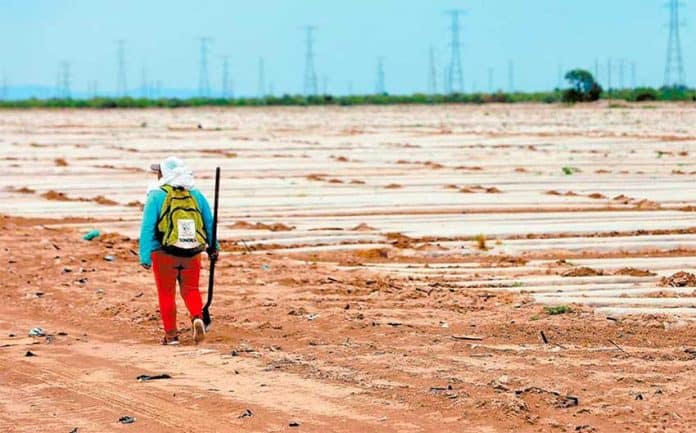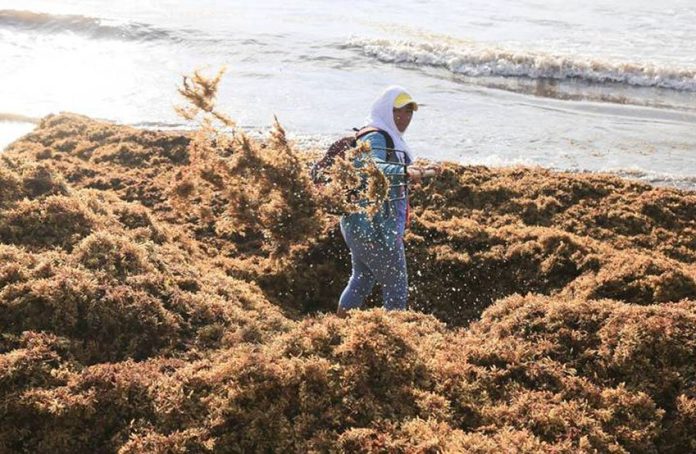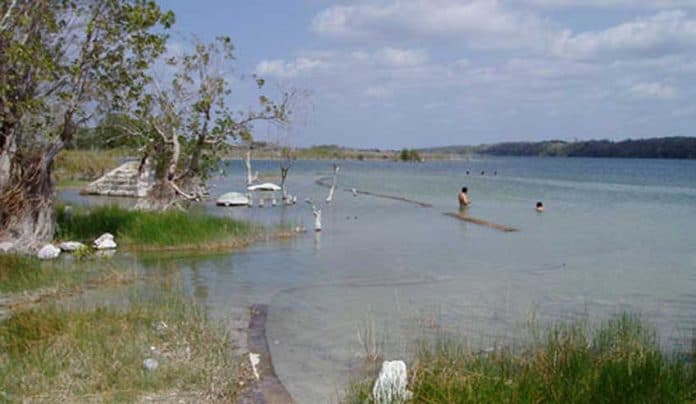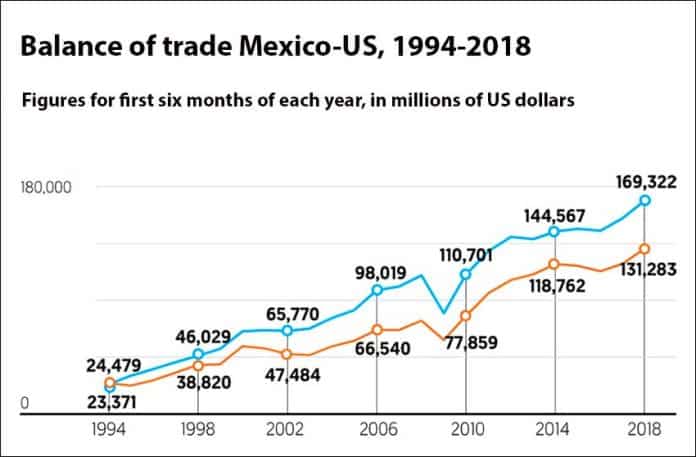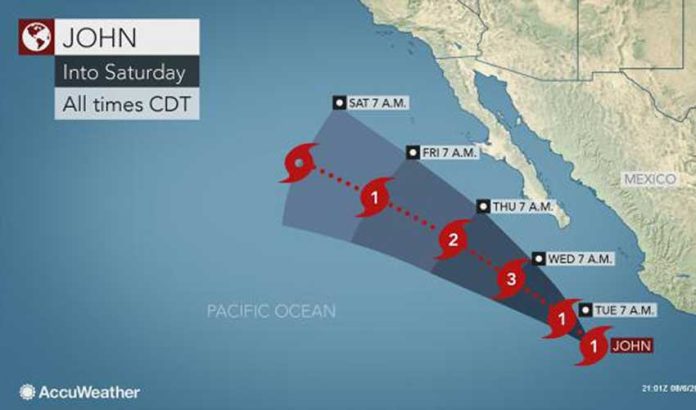Police were busy yesterday in the northern border state of Baja California, where at least 18 bodies were found, the victims of homicide.
The assassinations were reported in the municipalities of Tecate, Ensenada and Tijuana, and also cost the life of a seven-year-old child.
In Tecate, an anonymous call informed the 911 emergency response service of five decomposed corpses on the Lombardo Toledano road.
Mayor Nereida Fuentes blamed the clashes on warring criminal gangs, adding that the federal government and its judicial branch were also to blame for not prosecuting crime and releasing dangerous criminals.
In Ensenada, the bodies of a man, woman and a child were found on a ranch in the Guadalupe district. A firearm was used in the three killings.
The situation was worse in Tijuana, where 12 homicides were reported.
Two bodies were found in a vehicle abandoned on the 2000 boulevard, while two more were found in the Paseos del Vergel neighborhood.
Two more were found in a ravine in the Sánchez Taboada neighborhood; both had been shot.
Three corpses were found half buried in a landfill in the Valle de las Palmas neighborhood, while three men were executed inside a home in the El Pípila neighborhood.
Tijuana police chief Marco Antonio Sotomayor declared that municipal police “are going to work to give citizens control of the city. We won’t allow this unfortunate situation to continue and this we shall do with the work of police.”
A public security citizens’ council wasn’t quite as optimistic. It criticized the absence of a clear strategy in the face of operations by three drug cartels in the state.
Violence in the state has cost the lives of as many as 1,476 people between January and June, with 60% of the violent murders being reported in the border city of Tijuana. The year is shaping up to beat last year’s homicide total, which was a record 2,114.
Source: El Universal (sp), Telemundo (sp)

